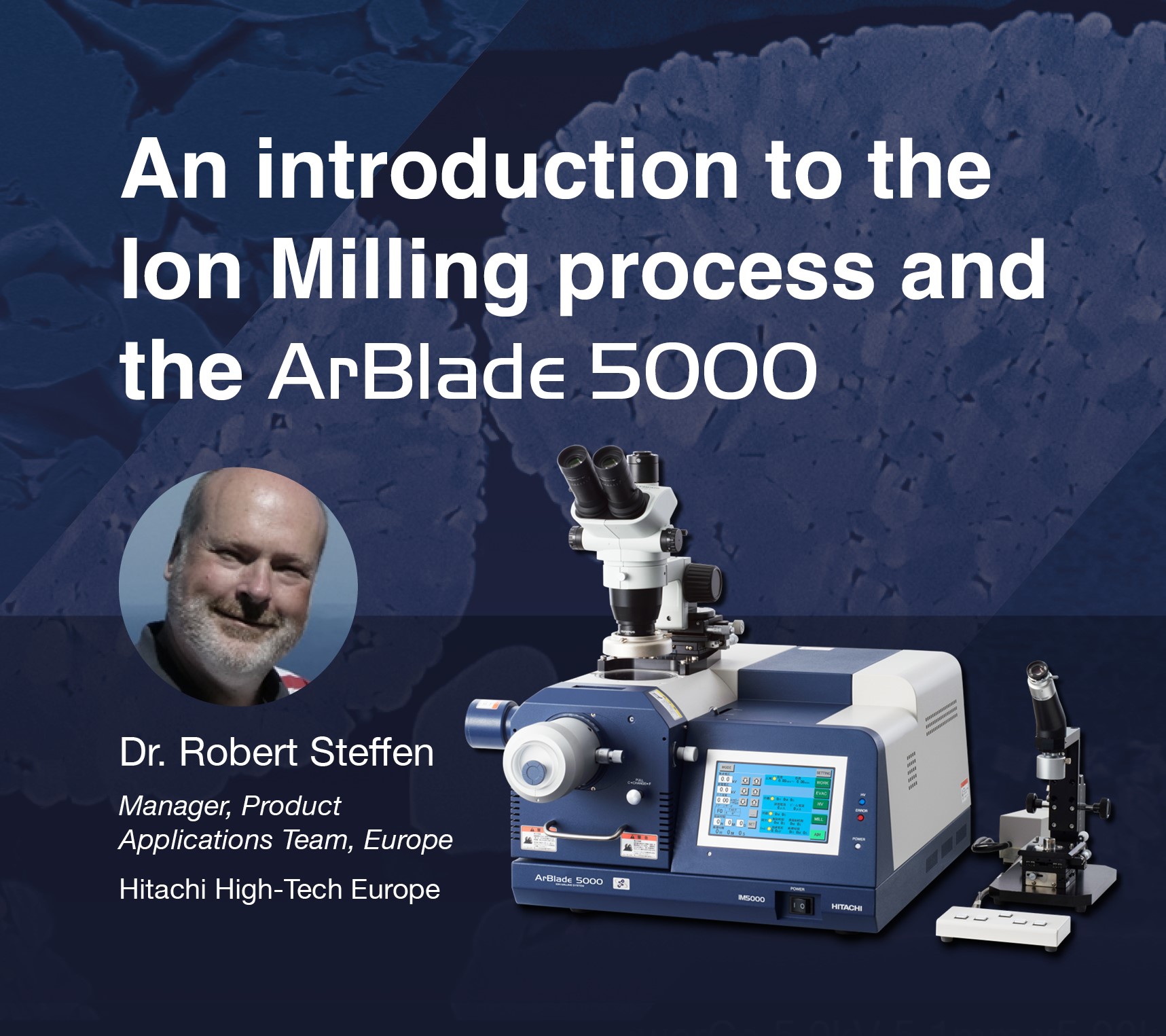Revolutionise your SEM sample preparation
In this on-demand video, Dr. Robert Steffen introduces Broad Ion Beam Milling: the innovative technique that produces defect-free, millimeter-order smooth specimen surfaces for further analysis, even on highly complex and sensitive specimens.
Watch the video

